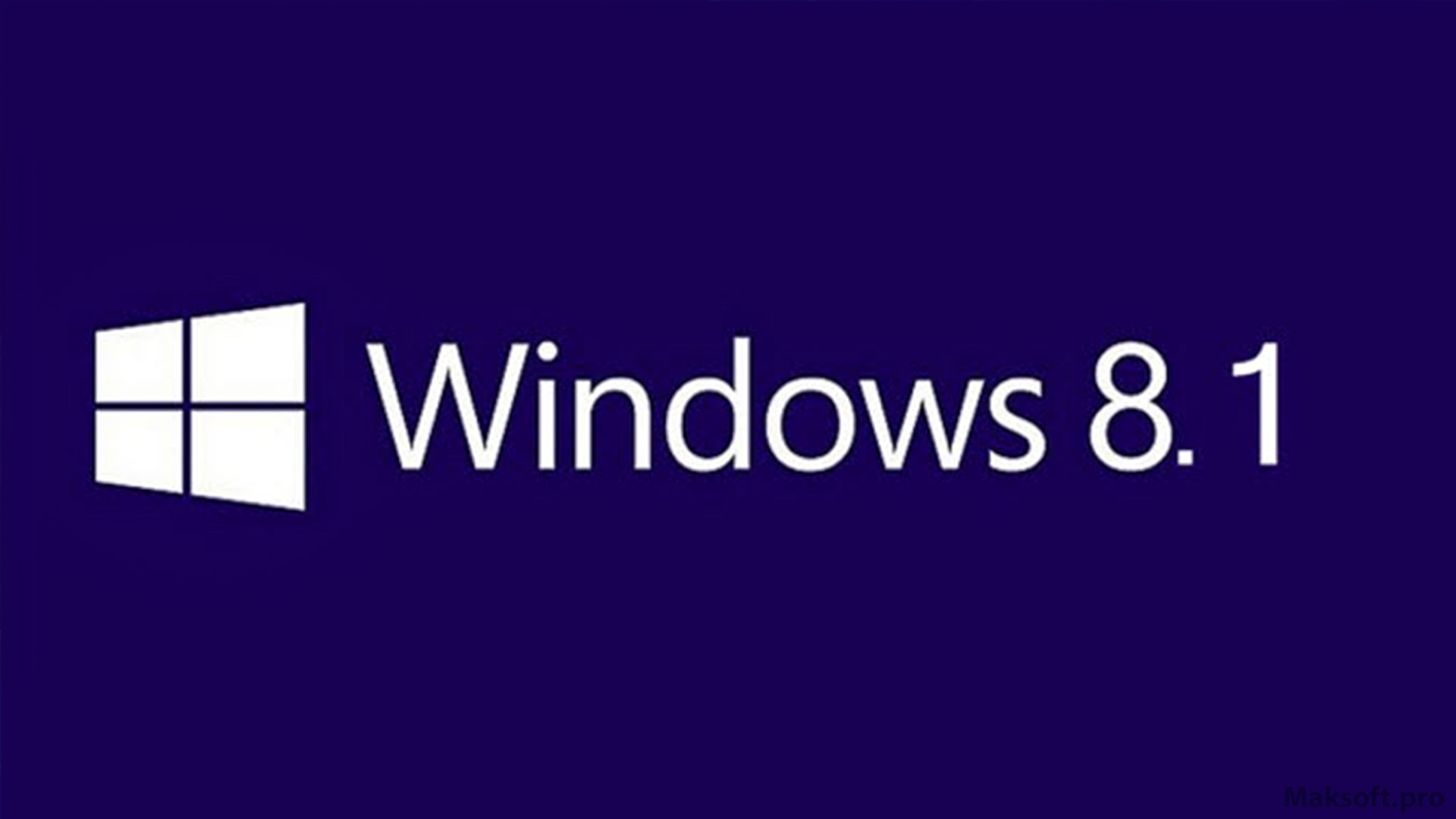Windows 8.1, released by Microsoft in 2013, is an operating system that built upon the foundation of Windows 8 while addressing some of its criticisms and introducing several improvements.
- Start Button: Windows 8.1 reintroduced the Start button, which was absent in the original Windows 8 release. Clicking on the Start button in the desktop mode would bring up the Start screen.
- Start Screen Customization: Windows 8.1 allowed users to customize the Start screen with various tile sizes, colors, and background images, providing more personalization options.
- Enhanced Search: The Search charm in Windows 8.1 provided a unified search experience, allowing users to search for files, apps, settings, and web content directly from the Start screen.
- Boot to Desktop: Windows 8.1 introduced the option to boot directly to the desktop mode, bypassing the Start screen. This feature catered to users who preferred a more traditional desktop experience.
- Improved Snap View: Windows 8.1 enhanced the Snap View feature, allowing users to resize and snap apps to different positions on the screen, enabling better multitasking and side-by-side app usage.
- Desktop Enhancements: Windows 8.1 introduced various desktop improvements, including the ability to display the desktop wallpaper on the Start screen, updated context menus, and an improved taskbar with more customization options.
- Windows Store Enhancements: Windows 8.1 included updates to the Windows Store, offering a wider range of apps, improved app search, and automatic app updates.
- SkyDrive Integration: Windows 8.1 deeply integrated Microsoft’s cloud storage service, SkyDrive (now known as OneDrive), allowing seamless synchronization of files and settings across devices.
- Internet Explorer 11: Windows 8.1 shipped with Internet Explorer 11, providing faster browsing, improved standards support, and enhanced security features.
- Desktop Apps and Compatibility: Windows 8.1 maintained compatibility with traditional desktop applications, ensuring that software designed for previous versions of Windows would continue to work on the updated operating system.

Windows 8
Operating system
Description
Windows 8 is a major release of the Windows NT operating system developed by Microsoft. It was released to manufacturing on August 1, 2012; it was subsequently made available for download via MSDN and TechNet on August 15, 2012, and later to retail on October 26, 2012. Wikipedia
Developer: Microsoft Corporation
Final release: 6.2.9200 / December 13, 2016; 6 years ago
License: Trialware, Microsoft Software Assurance, MSDN subscription, DreamSpark
Released to manufacturing: August 1, 2012; 10 years ago
Source model: Closed-source; Source-available (through Shared Source Initiative);
Update method: Windows Update, Windows Server Update Services
